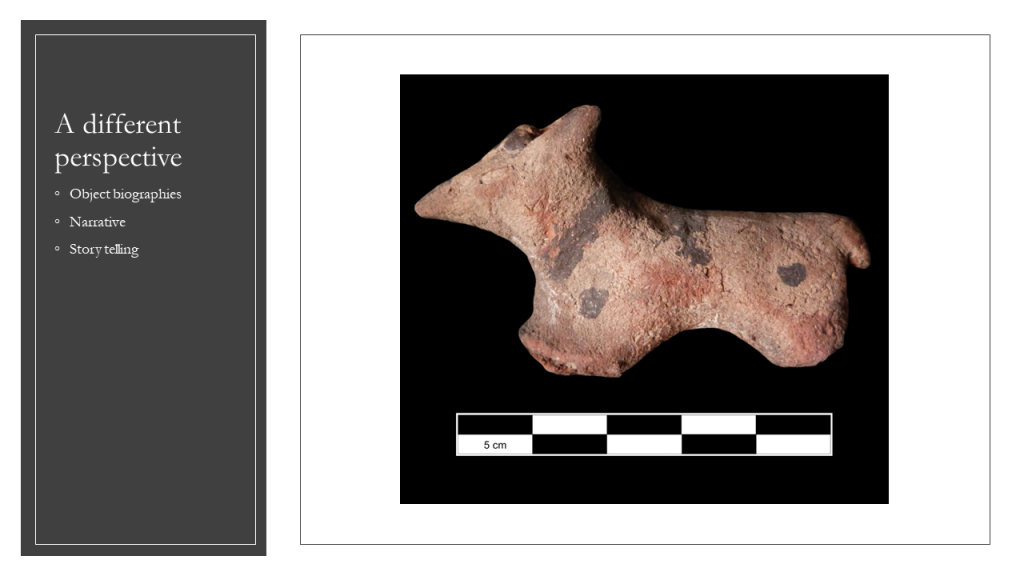I am very pleased that an article I prepared together with Chloe Ward and Carl Elkins as part of a forthcoming special volume of the journal African Archaeological Review dedicated to “African Archaeology in Support of School Learning” (see Stahl et al. 2023) is now published. This manuscript was shaped over more than one year and was extreme fun to write.
Back in 2022, Ann Stahl asked me whether I would be willing to join this project preparing an unusual publication as a tool for schoolteachers and students rather than a scientific article. I was immediately excited, especially since I had already some experience teaching at schools in Austria and Germany. But this was different – more hands-on, more research-related and a very collaborative process with wonderful colleagues and a fully motivated working group. It was also a real challenge and new experience.
Since some years, I already had the idea to write a children’s book from the perspective of a dog experiencing life in an Egyptian town in Nubia in the Second Millennium BCE. Within the AcrossBorders project, we found in 2015 this cute dog figurine in the New Kingdom town of Sai Island.

Well – this was the starting point and inspired me to propose the blending of a fictional narrative with factual archaeological evidence for our contribution to Ann’s volume. Together, we developed and offered an interpretation of what a typical day may have been like living at Sai. We created a small girl letting us have a look into her life and daily routine. Of course, this girl is a proud dog owner – but check out our story for more!
In our contribution, we also offer explanations for how archaeologists work and interpret some of the evidence we discuss, focusing on a range of methods. These include recent advances in virtual 3D reconstruction which offer a unique perspective on our interpretation of the past. Carl created magical photorealistic and interactive 3D models – these are not only a great outcome themselves, but also allowed us to come up with new interpretations and asking new and different questions. The corresponding figures we included in the article were taken directly from within the interactive virtual reconstruction created in real time.

Although we focus on the past, many of the aspects we discuss in the article are highly relevant today and can be linked to several of the UN Sustainable Development Goals (in particular 9, 11, and 12). We encourage readers to think about some of the things we discuss in relation to their own lives and experiences and have provided a number of call-out questions in speech bubbles throughout the article to get some of these discussions started.
As soon as the complete special issue of AAR 40, 3 will be published, there will be the link to some supplementary material which will allow to explore the reconstruction of Sai city in an interactive mode. We are very much looking forward to any responses – from our fellow academics as well as of course schoolteachers, students and other people interested in archaeology and the relevance of the field for us nowadays (and in the future). In the meantime, we will be busy exploring more scientific questions that arose from the photorealistic virtual reconstructions – and there is quite a number of exciting ones.
Our new article:
Julia Budka, Chloe Ward & Carl G. Elkins, A Day on the Nile: Living in a Town in Nubia. African Archaeological Review (2023). https://doi.org/10.1007/s10437-023-09547-4
Reference:
Stahl, A.B., Balabuch, A., Sanford, K. et al. African Archaeology in Support of School Learning: an Introduction. African Archaeological Review (2023). https://doi.org/10.1007/s10437-023-09539-4


